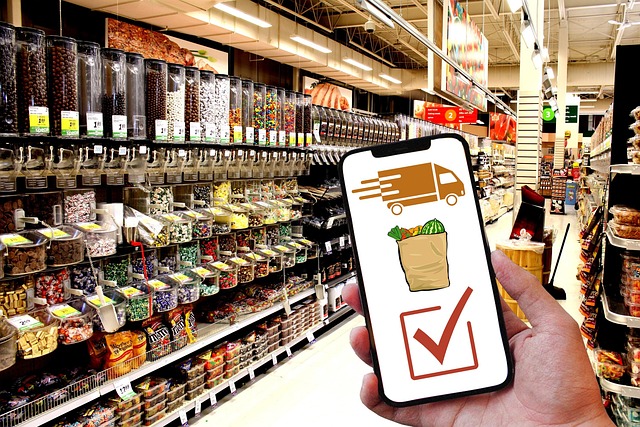Streamline online purchase paths to improve conversion rates
Improving online purchase paths means reducing friction at every step between discovery and delivery. This article outlines practical adjustments across productpages, checkout, payments, mobile UX, personalization, fulfillment, reviews, pricing, and privacy to help ecommerce teams make measurable improvements in conversion without relying on risky assumptions.

ecommerce and productpages
Optimizing productpages starts with clarity: concise titles, accurate images, and scannable descriptions that answer common buyer questions. Highlight key specifications, availability, shipping estimates, and aggregated reviews to reduce purchase hesitation. Use structured data so search engines can surface product details, and ensure pricing is visible without extra navigation. When productpages connect directly to the cart with clear calls-to-action, you shorten the path between intent and checkout, improving conversion while keeping the user experience natural and trustworthy.
checkout and payments
A streamlined checkout reduces abandoned carts. Minimize required fields, offer guest checkout, and provide progress indicators so shoppers know how many steps remain. Offer common payment options and clearly display security signals to build confidence. Reduce surprises like unexpected taxes or shipping costs until late in the funnel; instead, indicate estimates earlier. Test multi-step versus single-step checkouts to see which aligns with your audience and conversion goals, and measure drop-off at each stage to find the highest-impact fixes.
mobile UX and conversion
Mobile behavior often differs from desktop: screens are smaller, attention spans shorter, and navigation patterns vary. Ensure responsive layouts, touch-friendly controls, and fast load times. Prioritize visible CTAs, simplified forms (use input masks and auto-fill), and avoid modal elements that interfere with scrolling. Consider mobile-specific payment flows like digital wallets to shorten the payment process. Performance improvements — particularly reducing Time to Interactive — frequently translate into higher mobile conversion rates.
personalization and reviews
Personalization can reduce decision time by surfacing relevant products and offers, but it should be subtle and useful. Use browsing signals and past purchases to recommend complementary items on productpages or during checkout. Display reviews prominently and summarize common themes (e.g., sizing, durability) to address buyer questions quickly. Ensure review content is authentic and easy to filter; well-presented social proof can increase trust and conversion without overwhelming the user with choices.
pricing and payment provider comparison
Real-world pricing decisions affect margins and conversion. Presenting transparent pricing, clear shipping options, and installment or alternative payment methods can reduce abandonment. Evaluate payment providers for fee structure, international coverage, dispute handling, and integration complexity. Below is a concise comparison of commonly used payment services and typical cost ranges to help teams weigh trade-offs.
| Product/Service | Provider | Cost Estimation |
|---|---|---|
| Payment gateway (card processing) | Stripe | 2.9% + $0.30 per transaction (U.S. standard) |
| Online payments (consumer checkout) | PayPal | 2.9% + $0.30 per transaction (U.S. standard) |
| Point-of-sale and online processing | Square | 2.6% + $0.10 per transaction (card-present/online varies) |
| Hosted ecommerce payments | Shopify Payments | 2.9% + $0.30 per transaction (varies by plan and region) |
Prices, rates, or cost estimates mentioned in this article are based on the latest available information but may change over time. Independent research is advised before making financial decisions.
fulfillment and privacy
Fulfillment expectations are part of the purchase path: reliable shipping estimates, tracking, and simple return processes reduce post-purchase anxiety. Communicate fulfillment windows clearly on productpages and during checkout. Privacy also affects conversion: explain how customer data is used, provide straightforward cookie and data controls, and limit requests for personal information to what’s essential. Clear privacy practices and timely status updates from fulfillment partners help maintain trust and reduce churn.
conclusion
Streamlining purchase paths requires coordinated work across productpages, checkout, payments, mobile UX, personalization, fulfillment, reviews, pricing, and privacy. Measure behavior at each step, prioritize fixes that remove friction or uncertainty, and validate changes with A/B tests. Incremental improvements compound: clearer product information, simpler checkout flows, transparent pricing, and dependable fulfillment together create a more convincing path from interest to completed purchase.





